7 reasons you need a softshell jacket: a more breathable outer
Our 7 reasons you need a softshell jacket to complement your burlier hardshell for hiking, running, climbing and skiing adventures
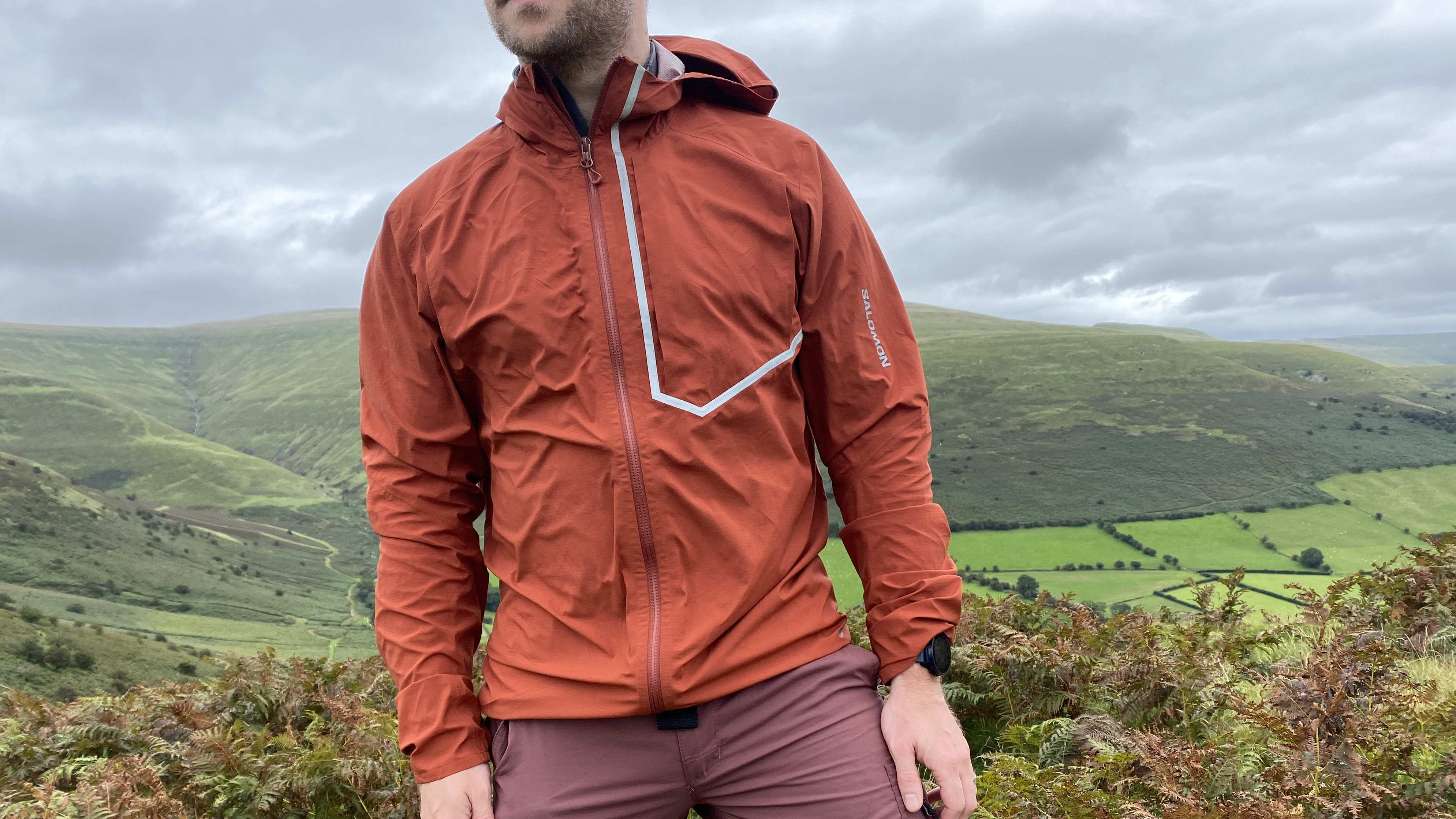
They don’t provide the glorious warmth that a down jacket does or the comfort of a fleece. They don’t repel wind and rain anywhere near as effectively as the average hardshell either. So, what are the reasons you need a softshell jacket?
The thing about a lot of quality outdoor gear is that it’s designed for pretty extreme conditions. You wouldn’t wear an insulated down jacket designed for summiting Everest for your local hill (unless you lived in Pheriche, Nepal, in which case Everest is your local hill). My point is that while a softshell jacket isn’t as warm as a puffer, it doesn’t actually need to be for most activities. Plus, while it’s not as effective a shield against torrential downpours as a waterproof jacket, torrential rain isn’t an everyday occurrence. A softshell is water-resistant and warm enough to cope with most adventures.
So, what’s its niche? When does it really come into its own? Two words: dynamic activities. Ask cross-country skiers, fastpackers, speed hikers, scramblers, rock climbers or trail runners whether they’d prefer to wear a harshell or a softshell jacket and the answer will probably be the same, unless they knew it was likely to rain all day.
This is because softshells are lighter, more breathable, more comfortable and offer far greater freedom of movement than their waterproof jacket counterparts. I’m not saying you don’t need a hardshell – you do. I’m saying you need a hardshell for the more extreme conditions as well as a softshell for the everyday. Let’s get into the reasons in more detail, after first defining exactly what constitutes a softshell.
Meet the expert
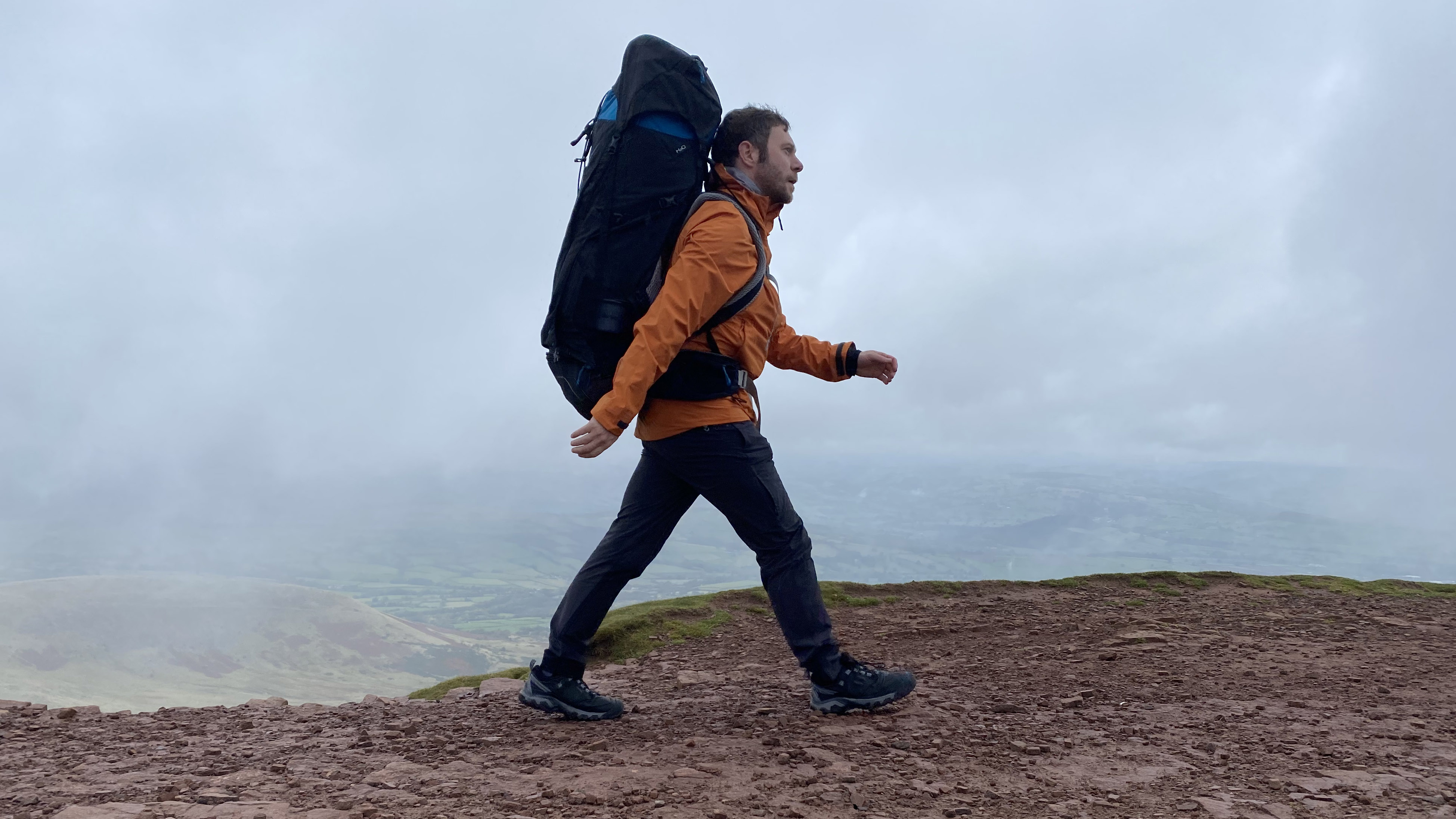
Alex is a qualified Mountain Leader and no stranger to the harsh conditions found in the high places. He’s particularly passionate about winter mountaineering and loves testing himself and his kit against gnarly Scottish weather and Lakeland rain – although he does enjoy good weather too.
Today's best deals
What is a softshell jacket?
Softshells are jackets designed to be lighter, more breathable and provide more freedom of movement than waterproof hardshells. Their main fabrics are typically woven from synthetic materials like nylon and polyester, blended with elastane, so that they stretch and move with the wearer during dynamic activities. They offer decent protection from wind and rain, but nowhere near as much as a quality waterproof. Some are lined with a thermally insulating layer for capturing radiated body heat.
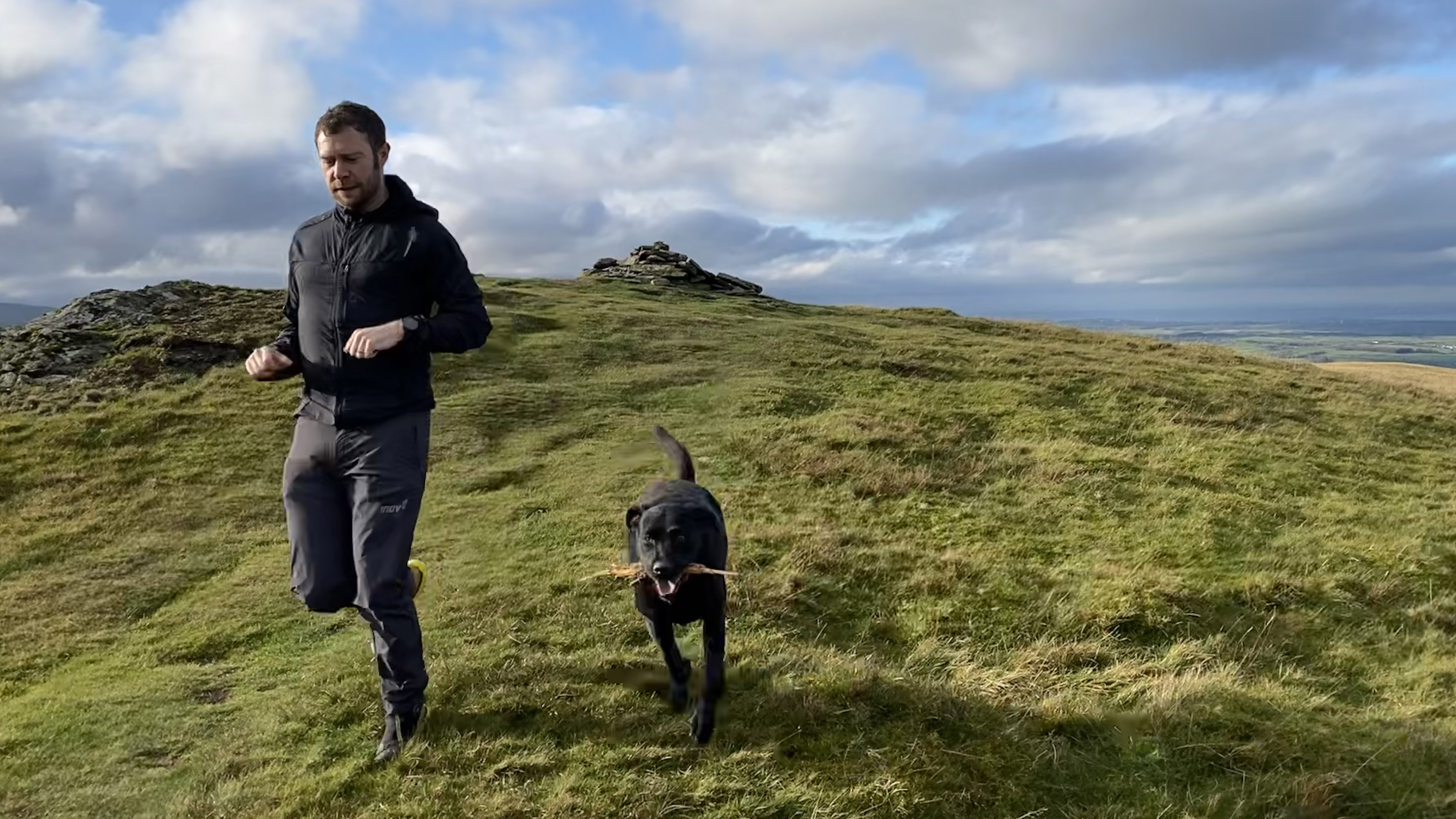
They are typically either worn as an outer layer in drier climates or on days where little rain is forecast, or as a mid layer directly beneath a hardshell. Thanks to their lightweight, packable qualities, they can easily be stashed in a daypack or hydration pack.
There are broadly two types of softshell jacket. Stretch woven jackets are the most lightweight and the most breathable kind and are popular with trail runners, cross country skiers and speed hikers. Then there are membrane softshells, which are a step towards full-on hardshells in terms of protection from the elements.
Advnture Newsletter
All the latest inspiration, tips and guides to help you plan your next Advnture!
1. Freedom of movement
Thanks to the elastic qualities of the main fabrics, softshell jackets provide much more freedom of movement than hardshells, making them more suited to a range of dynamic pursuits. Many running jackets boast four-way stretch, which means the fabric can be pulled both horizontally and vertically, which is also ideal for scrambling and the like.
Of course, you know what offers even more freedom of movement? Not wearing a jacket at all! However, conditions often dictate the use of a softshell for the extra warmth and protection it provides.
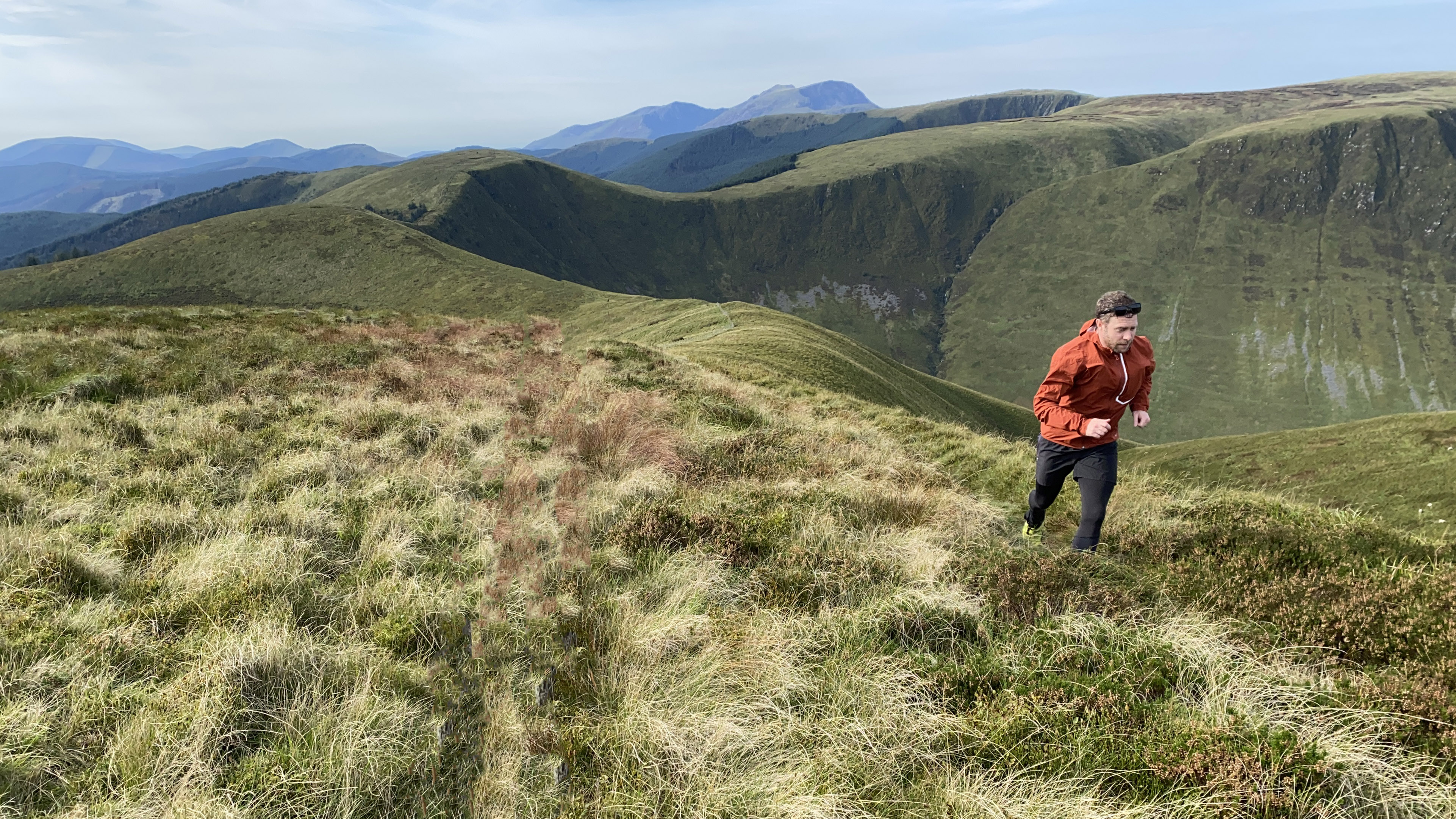
2. Packability
Runners will often stash a softshell in their hydration pack just in case the heavens open or if the wind picks up along the ridges. A softshell usually packs down very small and many can be stuffed into their own pocket, forming a tidy unit.
3. Weight
As well as their packable qualities, softshells are also much lighter than standard waterproof jackets. There’s plenty of variation within both camps, but you can expect a softshell to weigh 150g to 400g (5.3oz to 14.1oz), whereas a hardshell is typically between around 300g to 650g (10.6oz to 22.9oz).
Stretch woven softshells tend to be the lightest and are best for activities like running or skiing, where you’ll want much of the heat your body generates to be dispersed. Membrane softshells and those with additional insulation will be heavier but also keep you warmer and more protected from the elements. These kind of softshells are better for activities like hiking or wildlife watching.
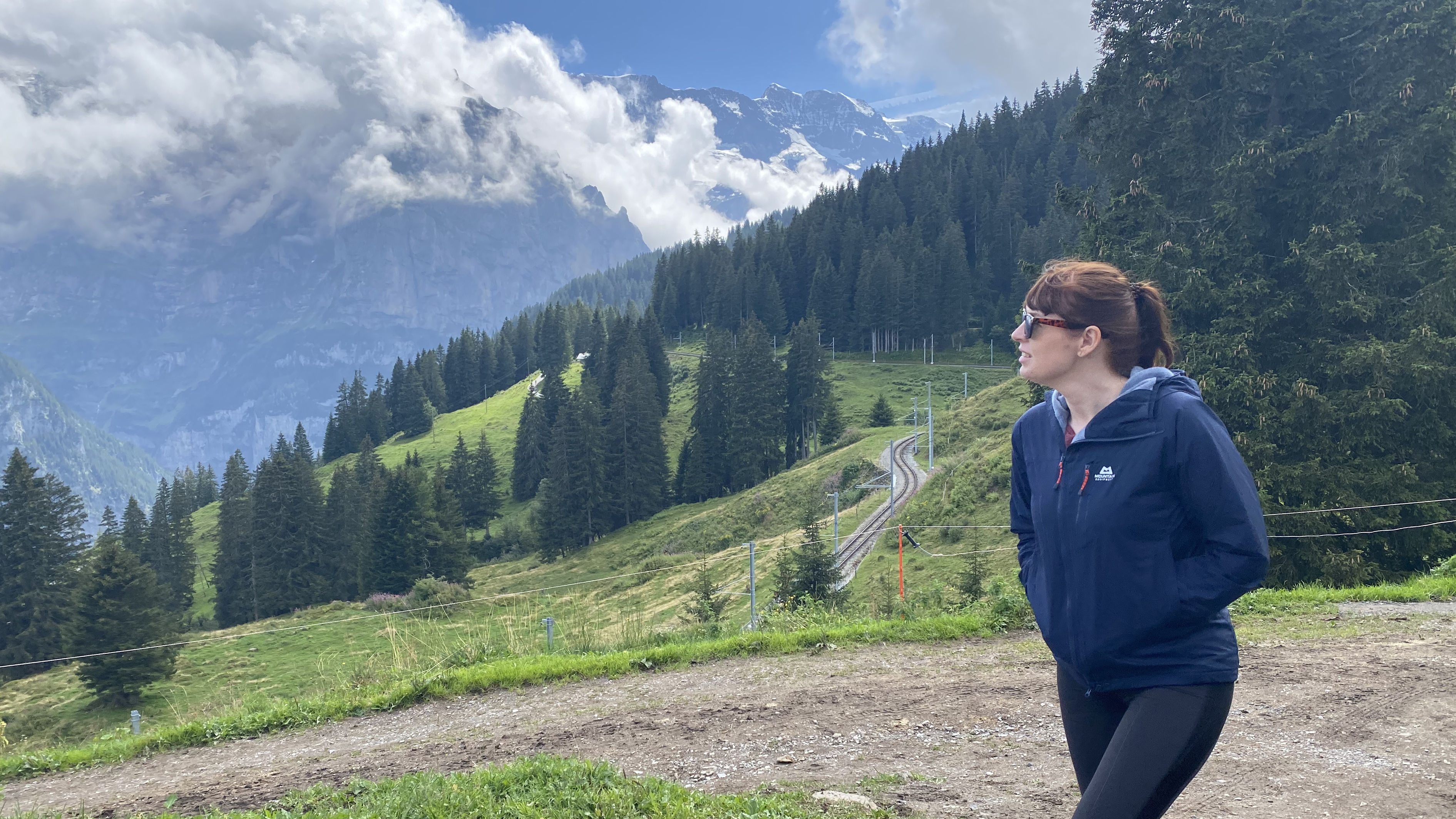
4. Breathability
In the battle of hardshell vs softshell, breathability is probably the latter’s trump card. No matter how advanced a hardshell’s fabrics, it’s always going to be less breathable than a quality softshell. Any time you’re working up a sweat – think long ascents, sustained scrambling or any form of running – you’re going to want to be under a softshell, which allows you to regulate your temperature far more effectively, rather than a waterproof jacket.

For ski tourers, mountain runners and speed hikers, it’s easy to overheat when wearing a hardshell in ascent. You end up sweating too much and getting that awful clammy feeling, as moisture can’t escape at the rate it needs to. Then, when you get to the top, your body stops working as hard and you end up with the opposite problem, rapidly becoming cold, as evaporating sweat steals your body heat.
If this scenario sounds familiar, you’ll want to give a softshell a go for these kind of situations – unless it’s bucketing down with rain, of course. Speaking of which…
5. DWR can be reapplied
Much of a softshell’s ability to repel rain comes from its DWR (durable water repellent) coating, a hydrophobic treatment that causes moisture to ‘bead up’ on the surface of a fabric. In a standard waterproof, it’s the first line of defence before the waterproof membrane (Gore-Tex, for example) layer in the fabric. In a softshell, it’s the main line of defence.
The problem with DWR is that, over time, its effectiveness is reduced by dirt, sweat, abrasion and the weather. The good news is that companies like Nikwax sell reproofing products, meaning that all you have to do to reinvigorate your jacket is launder it with an appropriate detergent and then launder it again, this time applying the reproofer. This will give a softshell jacket a new lease of life, ready to fend off showers once more.
6. Everyday use
When it comes to everyday wear, a softshell jacket will see much more use than your average waterproof jacket. It’s more comfortable, it’s lighter and it’s easier to grab on the go and you’ll find yourself wearing it for all kinds of uses, both adventurous and otherwise – think doing the weekly shop. Plus, I’ll bet that the weather is rarely that dreary that you favor a full-on waterproof jacket.
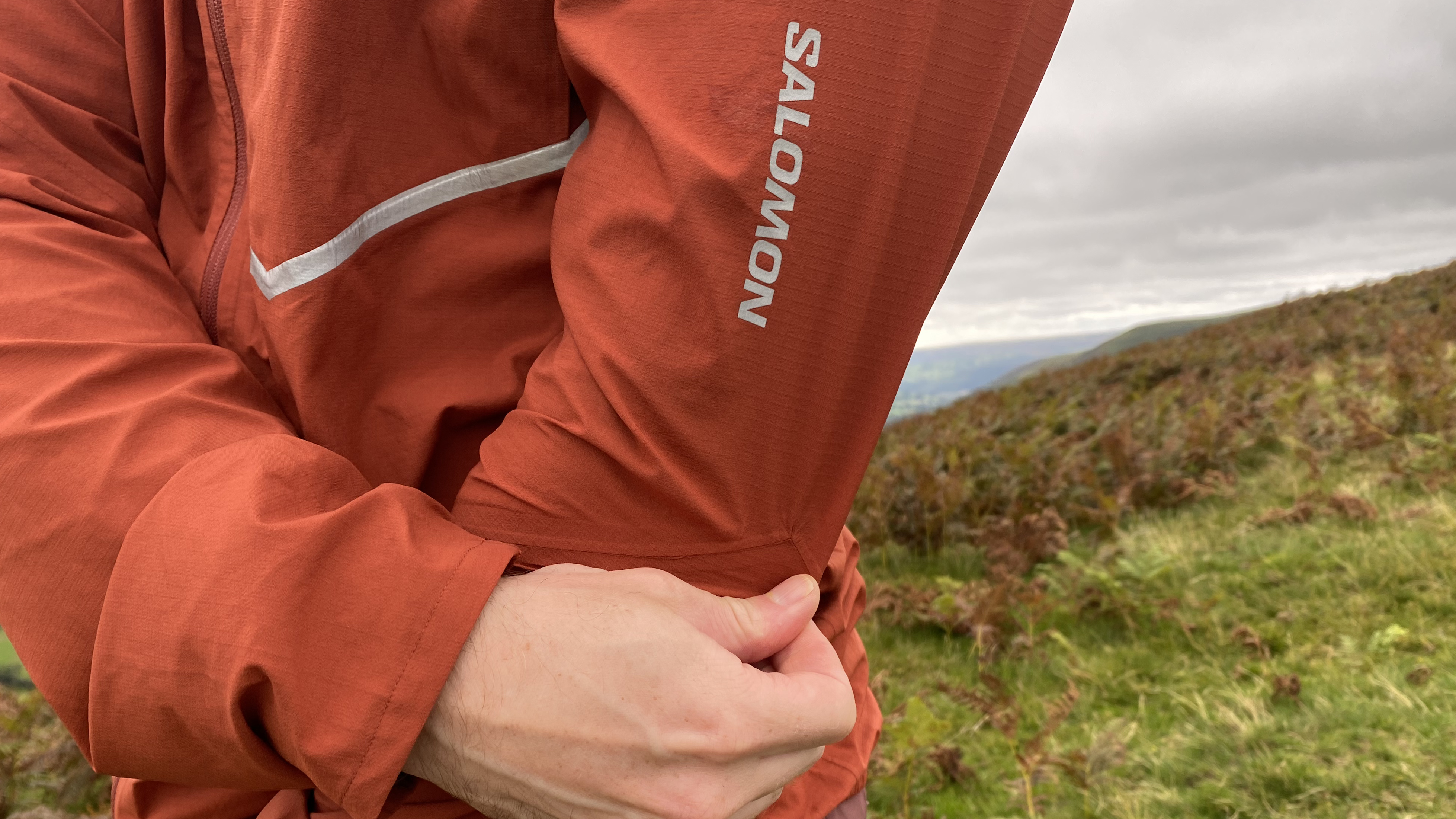
Of course, if you’re climbing a route on Ben Nevis’ North Face in February, you’ll turn to your highly durable, protective hardshell. But then, you don’t climb a route on Ben Nevis’ North Face in February every day, do you?
7. It’s more stylish
There’s no doubt that functional outdoor gear has become trendier over the last couple of decades, with kit from brands like The North Face, Patagonia and Arc’teryx very much becoming status symbols for various walks of life. The down jacket is probably king but I’d venture that a softshell is more stylish than a waterproof. Very few people in this world head out for drinks wearing a waterproof jacket unless they have to. Thanks to a softshell’s comfort and fit, it’s definitely the better option for that post-hike beverage.
Alex is a freelance adventure writer and mountain leader with an insatiable passion for the mountains. A Cumbrian born and bred, his native English Lake District has a special place in his heart, though he is at least equally happy in North Wales, the Scottish Highlands or the European Alps. Through his hiking, mountaineering, climbing and trail running adventures, Alex aims to inspire others to get outdoors. He's the former President of the London Mountaineering Club, is training to become a winter mountain leader, looking to finally finish bagging all the Wainwright fells of the Lake District and is always keen to head to the 4,000-meter peaks of the Alps. www.alexfoxfield.com

